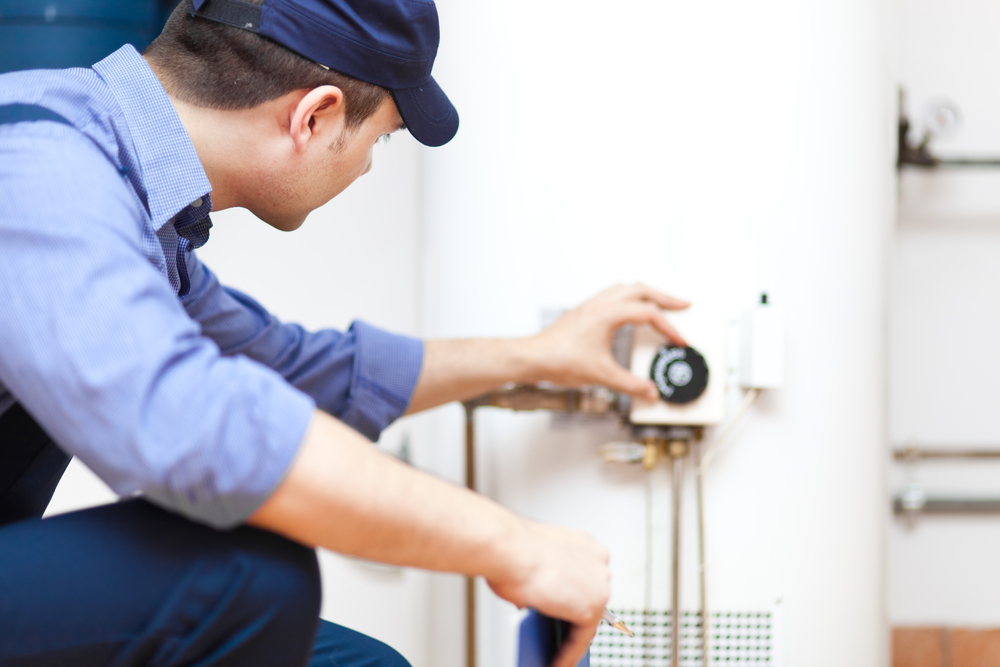In this comprehensive guide, readers will delve into the intricacies of water heater maintenance, learning essential tips and techniques to ensure their water heaters function optimally. From routine upkeep to troubleshooting common issues, this article equips readers with the knowledge and skills to master the art of water heater maintenance, catering to both novice and experienced homeowners alike.
Your Hot Water Tank: A Maintenance Checklist
As homeowners, we have several systems working together to provide us with the modern comforts we depend on, and few of us give them a second thought until they break down. Even if you haven’t experienced any issues with your water heater, by attending to a few small, simple maintenance checks, you can increase its efficiency, enhance its performance, and prolong its life.
But how often should you check in with your unit? And what should you be looking for?
Get to Know Your Water Heater
Let’s get to know your water heater a little better, so you know how it works, what it does, and what signs of trouble you should keep an eye out for.
How Often Should You Inspect Your Tank?
If your hot water tank is in a room that you frequent often, it’s easier to take a quick look at it from time to time. Look for obvious signs of trouble: leaks and odd noises. If your water heater isn’t in a conspicuous place, we suggest getting into the habit of checking it every few months to ensure it’s working as it should, and there are no visible issues.
What to Look for
When you inspect your unit, check for signs of the following:
- Leaking water
- Odd noises
- Banging or clanking
- Bad odours
Besides physically checking your water tank, there are a few other things to keep an eye on:
- Higher than usual energy bills
- Hot, but discoloured water
These things could mean your water heater is working overtime and getting close to needing repairs, or that it’s time to consider a replacement. If you see signs of trouble, don’t wait! Call your heating professionals before you are completely devoid of all the hot water your family depends on.
What Should You Do? Your Maintenance Checklist
However, there are still some things you can do to increase efficiency, improve the quality of your water, and enhance your unit’s performance. After all, your hot water tank is an important piece of equipment that your family relies on every single day. Why not prolong its life as best as you can? Before you do any of the following, we caution you that your hot water tank contains extremely hot water.
Control Temperature Setting
Similarly, if your water temperature is not hot enough, it can lead to the growth of harmful bacteria, called Legionella. Refer to the diagram above to find out the placement of your temperature control thermostat. If the temperature is lower or higher than 49 °C or 120 °F, adjust it carefully.
Vacation Setting
This vacation mode setting makes it easy to switch to a low-efficiency, energy-saving setting when you won’t be needing hot water. If your hot water tank doesn’t have this setting, simply turn your temperature dial down to between 54 °C and 49 °C for best results. Just don’t forget to readjust it when you return!
Insulate Your Tank
Your maintenance professional or your local hardware store both offer thermal wraps, which fit around the outside of your tank to reduce energy consumption and prolong the life of your unit. Insulating your tank cuts down on standby heat loss, especially if your tank is located in a cold basement or furnace room. A thermal wrap means your unit doesn’t have to work as hard to generate and maintain the temperature of the water in your tank, which leads to lower energy costs.
Check the Space Around Your Heater
Check the area around your hot water tank periodically to ensure no items are crowding your unit.
Consider a Filtration System
It’s similar to a drinking water filtration system, but it’s specifically meant to protect your water heater from excess mineral deposits and scale. When this sediment builds up in your tank, it can affect the efficiency of your heater, reduce its lifespan and lead to costly repair bills. To find out more about filtration systems, contact us today.
Schedule Professional Maintenance Regularly
Your maintenance professional will also test the quality and temperature of your water to ensure bacteria levels and PH levels are within a safe range. Test the Temperature & Pressure Relief (TPR) Valve. Your TPR valve will be tested to ensure it is functioning correctly and can be used to release water if the pressure or water temperature exceeds safe levels.
Contact Your Water Heater Professionals
Following this simple maintenance checklist can significantly prolong the life of your water heater, lower your hot water related costs, and keep unexpected repair and replacement costs at bay. Call us today for all of your water heater maintenance needs. Our friendly professionals will check your unit top to bottom to ensure its working as efficiently and safely as possible.




